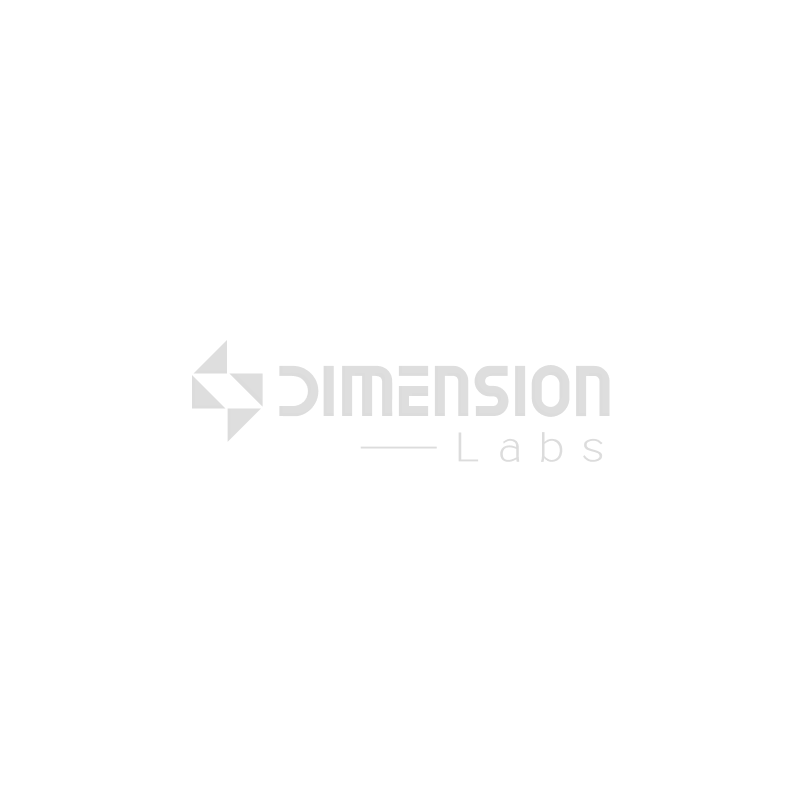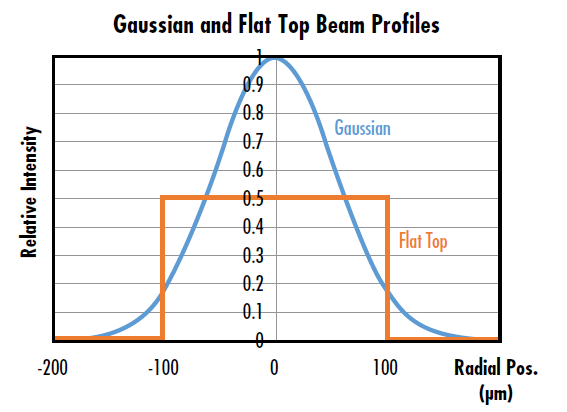High-power plano-convex lenses

When selecting optical components, it is important to understand the Laser-Induced Damage Threshold (LIDT) of optical components. The laser-induced damage threshold refers to the maximum power or energy that an optical component can withstand without damage. The laser-induced damage threshold for an optical component is highly dependent on the type of laser used.
There are two types of lasers, namely continuous wave lasers and pulsed lasers. Continuous wave lasers generally cause damage due to thermal effects caused by optical coating or absorption of substrates, while pulsed lasers generally take away electrons in the lattice structure of optical components before causing thermal damage.
1. Continuous-wave laser
Continuous-wave laser damage to optical components is usually due to surface melting or damage to the optical film layer due to the absorption of laser energy.
For continuous wave damage thresholds, the following parameters need to be known:
- Laser wavelength
- Beam diameter (1 divided by e squared)
- Approximate intensity profile of the beam (e.g., Gaussian distribution)
- Linear power density of the beam (total power divided by 1 divided by e-squared beam diameter)
The continuous wave laser damage threshold is typically expressed in linear power density units (W divided by cm), which is the average power during irradiation.
Assuming a uniform beam intensity profile, the average linear power density is phi ( uppercase ) subscript l p d end subscript is equal to the fraction R in a fraction of P
For a Gaussian beam, its maximum power density is usually twice that of a homogeneous beam (Flat Top Beam, a beam with almost the same peak intensity or energy density over most areas of the spot), as shown in Figure 1.

Fig. 1 Gaussian beam and flat-top beam
If the optical component is tested at a wavelength that is not equal to the operating wavelength, the damage threshold needs to be scaled appropriately. As a rule of thumb, the damage threshold is linearly with the wavelength.
2. Pulsed laser
Pulsed lasers generally do not damage optical components through thermal effects, but rather by generating a strong electric field that can induce dielectric breakdown in the material. There are several mechanisms by which pulsed lasers damage optical components, and the extent of the damage depends on the laser pulse width.
| Pulse wide(s) | ||||
| Damage mechanism | Avalanche ionization | Dielectric breakdown | Dielectric breakdown or thermal effect | Thermal effect |
| Damage specifications | / | Pulse | Pulsed and continuous | Continuous |
Pulses less than 10 to the power of minus 9 s lack reliability when compared to the specified LIDT values because ultrashort pulses have various dominant damage mechanisms, such as multiphoton avalanche ionization. Damage to optical components caused by pulses between minus 7 s of 10 and minus 4 power of 10 s is caused by dielectric breakdown or thermal effects, and the damage thresholds of both continuous and pulsed lasers need to be compared with laser beams.
For a specific pulsed laser damage threshold, the following parameters need to be known:
- Laser wavelength
- Beam diameter (1 divided by e squared)
- Approximate intensity profile of the beam (e.g., Gaussian distribution)
- Laser pulse width
- Laser pulse repetition rate
- Beam energy density (total energy divided by 1 divided by e square area)
Pulsed laser damage thresholds are usually expressed in units of energy density (J divided by c m squared).
Assuming a uniform beam intensity profile, the average energy density is
For Gaussian beams, their maximum energy density is usually twice that of a homogeneous beam (Flat-Top Beam, a beam with peak intensity or almost the same energy density over most areas of the spot).
If the optical component is tested at a wavelength that is not equal to the operating wavelength, the damage threshold needs to be scaled appropriately. As a rule of thumb, the damage threshold is proportional to the square root of the wavelength.
The longer the pulse width, the more energy the optics will be subjected to. As a rule of thumb, the damage threshold is proportional to the square root of the pulse width.
3. Damage mechanism
The pulse duration has a strong influence on the mechanism that causes laser damage, as shown in Figure 2.

Fig.2 Laser-induced damage mechanism at different time scales
1、Multiphoton Absorption
Two or more photons with energies lower than the material's bandgap energy are absorbed at the same time, making the absorption process no longer linearly proportional to the intensity.
2、Multiphoton Ionization
The process of absorbing two or more photons, the combined energy of which leads to the photoionization of atoms in the material.
3、Tunnel Ionization
The strong electric field generated by ultrashort laser pulses allows electrons to pass through a "tunnel" through the barrier that keeps them bound to atoms, allowing them to escape.
4、Avalanche Ionization
The strong electric field generated by ultrashort laser pulses allows the process of accelerating electrons and colliding with other atoms. This causes them to ionize and release more electrons that continue to ionize other atoms.
5、Carrier-Carrier Scattering
The process by which electrons accelerated by an electric field collide with other electrons, causing them to scatter and collide with more electrons.
6、Carrier-Phonon Scattering
Electrons accelerated by an electric field excite phonons or vibrations in the crystal lattice of a material.
7、Dielectric Breakdown
The process of allowing current to flow through the insulator due to the applied voltage exceeding the breakdown voltage of the material.
8、Thermal Effects
Heat diffusion caused by material deformation and vibration caused by laser pulse energy.


